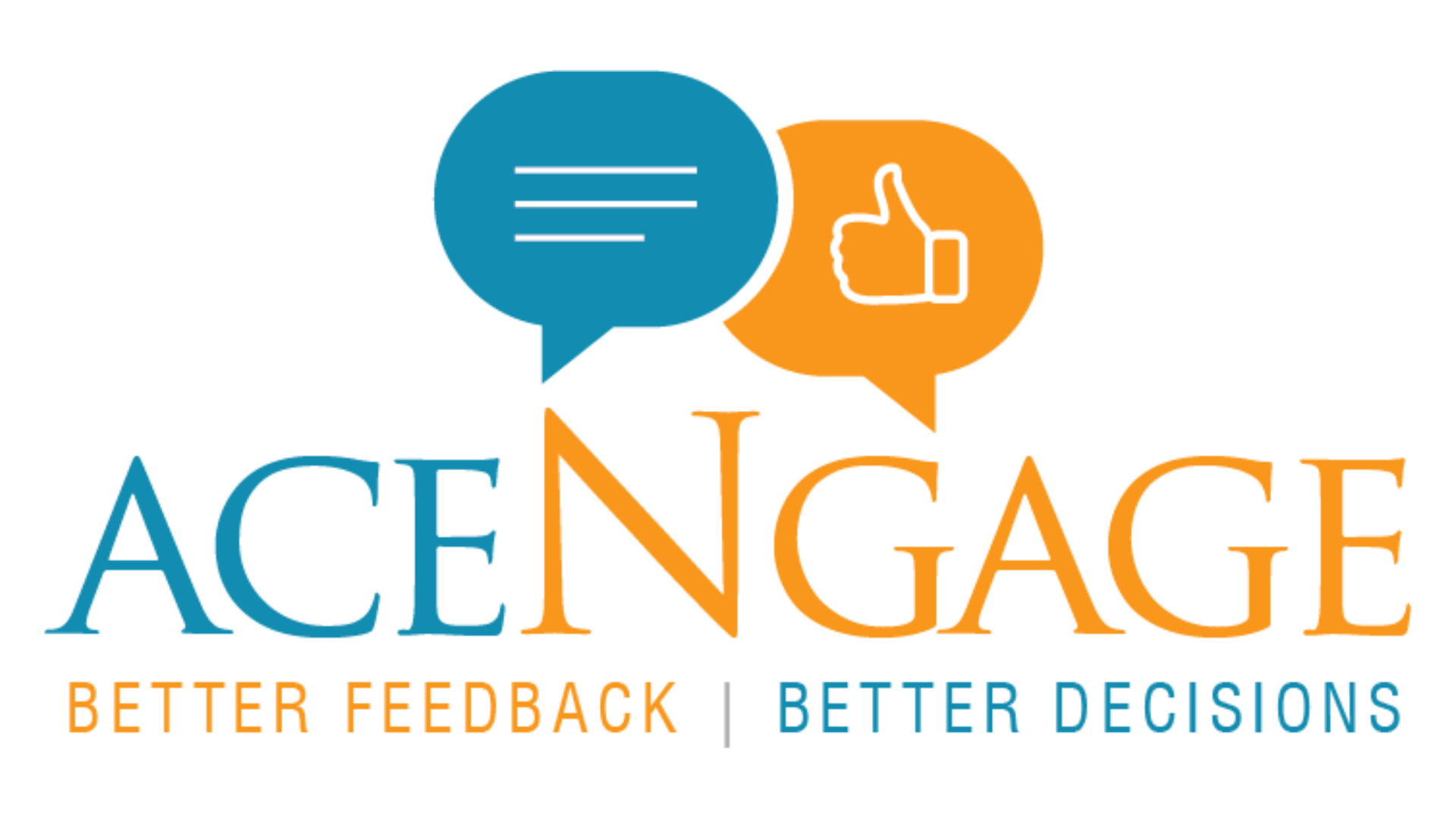Employee engagement is more than just a buzzword in the corporate world; it’s a critical factor that determines the success and health of an organization. But what does it truly mean to engage employees, and why does it hold such importance today? In this comprehensive guide, we explore the concept of employee engagement, breaking down its components, significance, and strategies for improvement, thus ensuring that your workforce remains motivated and productive.
Read More about engagement on our website.
Understanding the Concept of Employee Engagement
At its core, employee engagement refers to the emotional commitment and enthusiasm employees feel towards their work and company. Unlike simple satisfaction, engaged employees are genuinely invested in their company’s goals and are motivated to contribute to its success. This section delves into what constitutes true engagement and how it differs from related concepts like employee satisfaction and employee happiness.
The Importance of Employee Engagement in the Modern Workplace
In today’s fast-paced and ever-changing work environment, employee engagement has become crucial. Engaged employees are more productive, more profitable, and safer, reducing turnover and fostering a positive workplace culture. This segment explores how the dynamics of modern workplaces elevate the need for active and thoughtful engagement strategies.
Read more about our Employee engagement on AceNgage.com
The ‘What’ of Employee Engagement
Definition and Scope of Employee Engagement
Employee engagement encompasses various elements, including emotional, cognitive, and physical engagement. Employees who are engaged not only care about what they do but also consistently align their behaviour with organizational values and goals.
Key Components of Employee Engagement
Understanding the key drivers of engagement is crucial. This includes alignment with company goals, recognition, employee voice, and opportunities for professional growth. Each component plays a pivotal role in motivating employees and can significantly affect their level of engagement.
The ‘Why’ of Employee Engagement
Impact on Productivity and Company Success
The benefits of employee engagement are clear and measurable. Companies with high engagement report better job performance, higher productivity rates, and increased profitability. This part provides statistics and studies that underscore the direct correlation between engagement and organizational success.
Benefits to Employee Well-being and Job Satisfaction
Engaged employees experience better job satisfaction, improved morale, and enhanced well-being. This section explains how engagement can be a win-win for employees and employers alike, leading to a more harmonious and efficient workplace.
The Link Between Engagement and Employee Retention
Employee engagement is a key factor in retention strategies. Engaged employees are less likely to leave, reducing recruitment costs and preserving organizational knowledge. Here, we discuss how engagement strategies can be an effective tool against high turnover rates.
The ‘How’ of Employee Engagement
Strategies for Enhancing Employee Engagement
Implementing effective engagement strategies is crucial for any organization. This section covers various approaches, from improving communication and feedback loops to recognizing employee achievements and ensuring adequate work-life balance.
Role of Leadership in Fostering Engagement
Leadership plays a fundamental role in driving employee engagement. Leaders who are approachable, transparent, and supportive tend to foster a more engaged workforce. Insights into how leadership styles and practices influence engagement levels are discussed here.
Creating a Culture of Engagement
A culture that promotes engagement is built on trust, integrity, and mutual respect. This part examines how organizations can cultivate these elements to create an environment where engagement naturally flourishes.
Understanding the Elements of Employee Engagement
Emotional Commitment: The Heart of Engagement
The emotional aspect of employee engagement is the most compelling. It’s about the emotional commitment employees have towards their organization and its values. This emotional connection motivates them to not only perform their best but also advocate for the company’s products and services. Delving into the psychological underpinnings, this section explains why emotional investment is crucial and how it influences everyday work behaviours.
Cognitive Aspect: Understanding the Company’s Goals
Employee engagement also involves a cognitive component where employees understand and align with the company’s goals and objectives. This alignment ensures that employees are not just working for a paycheck but are mentally and strategically involved in contributing to the company’s success. Strategies to enhance this understanding through clear communication and involvement in decision-making processes are explored here.
Physical Aspect: Actively Participating in Roles
Finally, the physical aspect of engagement refers to the actual involvement and energy that employees bring to their roles. Engaged employees are often those who are actively involved, offering their skills and efforts to ensure that tasks are completed efficiently and effectively. This section offers advice on how to encourage proactive participation and high energy levels among staff.
Assessing Employee Engagement in Your Organization
Tools and Techniques for Measuring Engagement
Measuring employee engagement is essential to understand how well your engagement strategies are working. This section reviews various tools and techniques, from employee surveys to newer analytics technologies, that can help organizations gauge engagement levels effectively.
Analyzing Employee Engagement Survey Results
Once data is collected, the next step is to analyze it to derive actionable insights. This part guides readers through the process of interpreting survey results, identifying areas of strength, and pinpointing opportunities for improvement.
Implementing Engagement Strategies
Personalizing Employee Engagement Approaches
A one-size-fits-all approach doesn’t work in employee engagement. This section discusses how to tailor engagement strategies to fit diverse workforces, taking into account factors like generational differences, cultural backgrounds, and individual preferences.
Integrating Technology in Engagement Initiatives
Technology can play a pivotal role in enhancing engagement. From digital tools that facilitate better communication to platforms that offer real-time feedback, this part explores how technology can be leveraged to foster a more engaged workforce.
Role of Communication in Employee Engagement
Effective Communication Practices
Clear and open communication is foundational to employee engagement. This segment discusses how organizations can establish and maintain effective communication channels that ensure all employees feel heard and valued.
Feedback Mechanisms That Drive Engagement
Feedback mechanisms are essential for continuous improvement. This section explores different types of feedback tools and techniques that can help foster a culture of open dialogue and continuous development.
Overcoming Communication Barriers
Identifying and addressing communication barriers is crucial to enhance engagement. This part outlines common obstacles like language differences, hierarchical gaps, and geographical distances, providing solutions to overcome these challenges effectively.
Read More about engagement on our website to deepen your understanding and take proactive steps toward fostering a highly engaged workforce.







